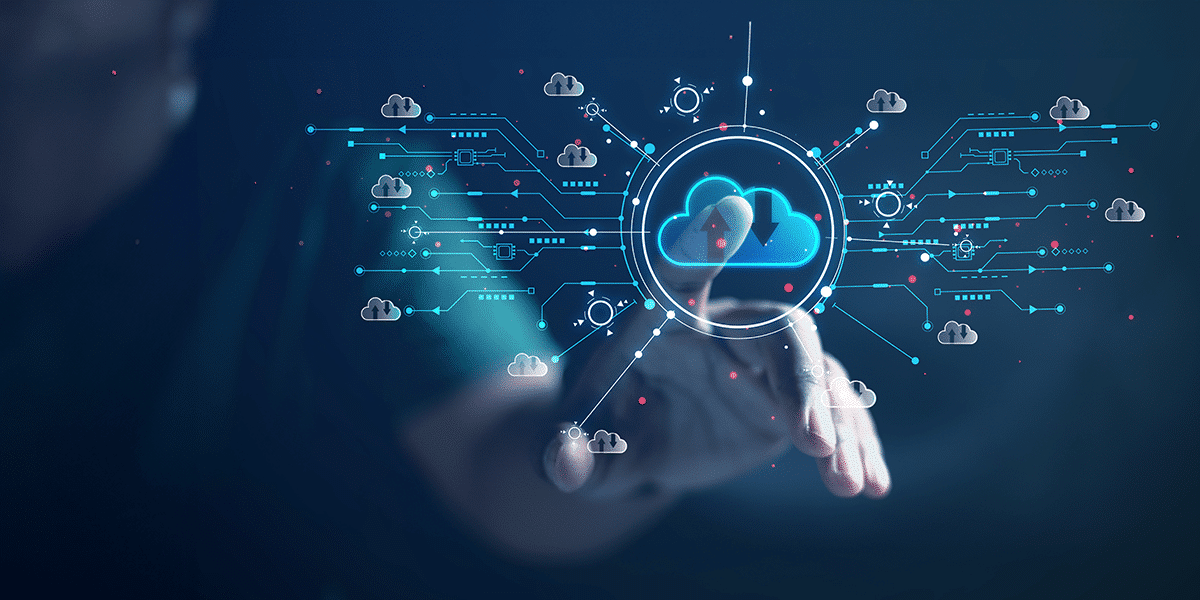The recent events related to the failure of Windows systems, caused by a faulty update provided by CrowdStrike, highlight the problem of the world’s dependence on a single technology provider. To avoid such situations in the future, Europe should diversify the sources of its critical systems and focus on local solutions. Potential solutions lie in European companies that are successful in their niches and that successfully compete with the world’s largest monopolists.
The European cloud market has been dominated by a few major players for many years, with Amazon Web Services (AWS), Microsoft, and Google consistently at the top. In case of problems with one of their services, such market monopolization can result in a domino effect, as we have seen in recent days. A failure of one major IT infrastructure operator impacts many organizations. In this case, a faulty update released by CrowdStrike paralyzed airports, banks, and trains worldwide. Experts agree on one thing – this situation should serve as a lesson for us all to not rely on just one technology provider.
“IT infrastructure has been migrating to the cloud for a long time because it is very convenient. There are world giants who have the largest market share, and their services are very mature. We must, however, have limited trust in them and, above all, we must be careful not to depend on one provider. In this case, it is crucial to base the infrastructure on different clouds, have multi-layered security, and test our systems for resilience in such situations.” – says Andrzej Stella-Sawicki, Vice President and Chief Operating Officer of CloudFerro.
Big Tech vs. Local Cloud Providers
Using cloud services always involves some risk. This varies, however, depending on the size of the provider, its technological maturity, and the legal system it is subject to.
“Due to the scale of operations, world giants allocate larger resources for security, but in case of failure of any of the services, smaller companies can respond faster and help customers repair the effects of the incident. Moreover, operators offering specialized tools for a specific sector of the economy have better competencies to ensure continuous availability of services in their substantive domain” – emphasizes Andrzej Stella-Sawicki.
As the expert points out, a good practice is to design the architecture of systems and applications to ensure continuity of operation by using two independent clouds – public and private, or two different public cloud operators.
It is also important where the technology provider comes from. We need to keep in mind that we don’t always know where the data provided to foreign corporations is stored, which countries’ laws they are subject to, and who may have access to them. Under the American Cloud Act, for instance, data processed by American Big Tech companies such as Microsoft or Google, must be provided at the request of a US court, regardless of where they are stored.
Diversification as a Key to Digital Sovereignty
Although world giants offer mature cloud services, we must always maintain limited trust in them. Companies, especially those managing critical infrastructure, should avoid relying on a single provider. Experts indicate that diversification and the use of local cloud solutions are the foundation of a stable, flexible, and secure digital infrastructure.
“The role of local providers, such as CloudFerro, in building Europe’s digital sovereignty is important. This approach increases independence from global players and strengthens the resilience of the economy and the state. Moreover, using different cloud providers can support innovation, as each cloud can offer unique tools and services. Businesses can choose the best solutions from different platforms, which promotes flexibility and quick adaptation to changing business needs” – the expert emphasizes.
Role of Local Providers
Differentiating cloud services and using local providers are essential steps towards achieving digital sovereignty. With the right approach, diversification can become the foundation for a stable, flexible, and secure digital infrastructure. This will allow for greater independence from global players, strengthen resilience to cyber threats, and ensure continuity of operation, even in the face of serious technological malfunctions.
Source: https://managerplus.pl/awaria-crowdstrike-lekcja-dla-europy-48467
